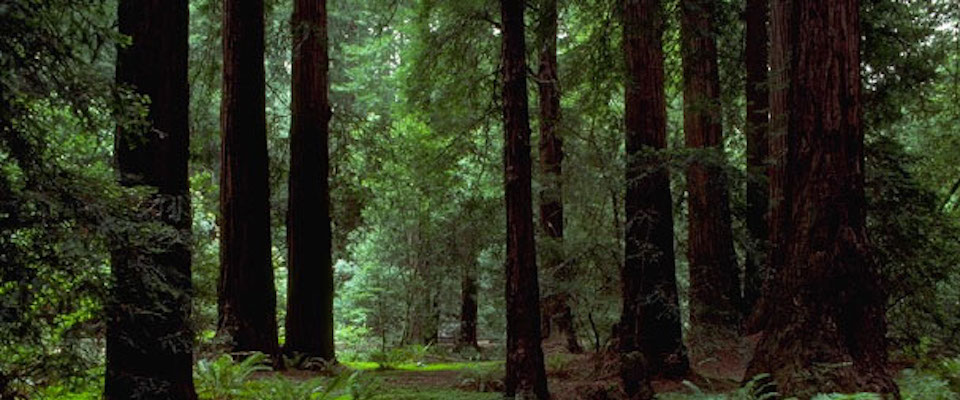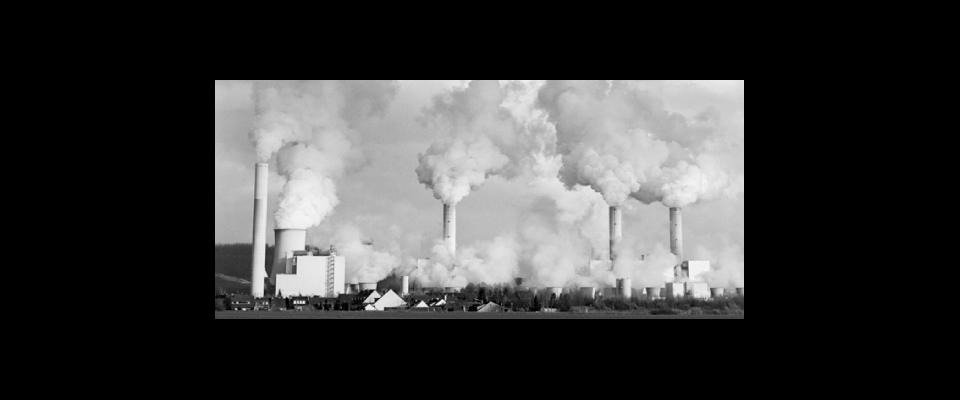A recent article in Mother Jones magazine calculates the impact of the illicit marijuana trade on global warming, and arrives at some pretty grim conclusions. U.S. dope production and distribution, the piece notes, emit as much atmospheric carbon as 3 million cars. In California, indoor grows suck up 9 percent of household electricity; outdoor plots consume more water than does the city of San Francisco.
OK. That puts an unsightly black blot on a supposedly green trade. And yes, pot’s carbon footprint is admittedly large. Do a few back-of-the-envelope calculations and you arrive at about 18 million tons of CO2 annually for the entire United States. But by comparison, your average cow annually emits methane equivalent to 2.5 tons of CO2. The U.S. cattle herd is at its lowest point in more than 60 years, but there are still 88 million bovines out there roaming the range and crowding the feed lots. And they’re collectively producing the yearly equivalent of 220 million tons of CO2. So from the perspective of planetary health, it may be better to give up Big Macs than bong hits—though it’s highly unlikely pot connoisseurs will do either, considering the stimulating effects of the herb (oops—medicine) on appetite.
Anyway, that all detracts from the more immediate and dramatic downsides of marijuana cultivation, particularly where California is concerned: the degradation of public lands and rivers and the extirpation of thousands of wild animals.
The effects of guerrilla dope growing on wildlife are particularly horrendous. The basic problem is d-Con: a rodenticide manufactured by Reckitt Benckiser Group, and highly esteemed by dope growers for its efficacy in eliminating mice, wood rats—and pretty much everything else.
“Growers usually find a spring or creek and create irrigation systems involving cisterns and hundreds of yards, sometimes miles, of black PVC pipe,” says Reginald Barrett, a wildlife biology professor in Berkeley’s Department of Environmental Science, Policy and Management. “A lot of animals like chewing on the pipe, including coyotes and rodents. So the growers will typically take a big bucket of d-Con pellets and spread them all along the pipe route.”
The d-Con doesn’t just kill the animals that eat the pellets. It also kills the animals that eat the animals that died. Predators, being opportunistic by nature, generally are disinclined to pass up the carcasses of nice, fat, dead wood rats.
“It’s wiping out everything,” says Barrett. “Coyotes, bobcats, ringtails, gray foxes—but especially fishers.”
That’s particularly troublesome, because fishers—rare weasel-like woodland carnivores with voracious appetites and cute ’n’ fuzzy faces—are candidates for listing under the state Endangered Species Act, and are the focus of an ambitious restoration program. Barrett, who is working on the project, says researchers have performed numerous necropsies on radio-collared fishers that had expired.
“Dozens of carcasses were analyzed, and about 80 percent of them had d-Con in their tissues,” Barrett explains. “In some, the levels were high enough to kill the fishers outright. But even an animal that is merely sick because of d-Con is highly impaired, and the poison has to be considered a primary factor in their deaths. They fall out of trees and break limbs, die from starvation because they can’t catch prey, or are killed by another predator.”
Brad Job, an Arcata-based engineer with the U.S. Bureau of Land Management who is deeply involved in countering illicit growers on federal lands, says d-Con has become more potent over the past several years, compounding the problem.
As for d-Con? “You can still just go into any big box home improvement store and order a pallet-load.”
“The main ingredient in d-Con is Coumadin (also called Warfarin), a blood-thinner that’s often used in (human therapies),” Job says. “It’s an effective rodenticide by itself, and it’s pretty sound from an environmental perspective because it breaks down quickly. But rodents can develop resistance to it. So Reckitt Benckiser added bromine to the formula, creating what’s known as a halogenated compound. That made d-Con both more lethal and more stable. Now it’s highly persistent in the environment.”
Job notes the U.S. Environmental Protection Agency issued so-called risk-mitigation measures in 2008 that would’ve made it more difficult to purchase large quantities of d-Con, but Reckitt Benckiser obtained a court stay on implementation of the rules.
“You can still just go into any big box home improvement store and order a pallet-load,” says Barrett.
Last month, the California Department of Pesticide Regulation also took a swing a d-Con, ruling that it and similar “second-generation anticoagulant” rodenticides must be restricted and made available only to certified pesticide applicators. Reckitt Benckiser promptly sued to block the regulation.
But rodenticides aren’t the only problem with illegal cultivation. Growers are also contaminating watersheds with potent fertilizers, creating a cascade of environmental problems. Job says he has investigated abandoned grow sites that contained several hundred pounds of unused fertilizer: “That makes you wonder how much they actually applied.”
Growers typically dig big cisterns that they line with tarps, mix fertilizer directly into the collected water, then gravity-feed the mixture to the plants, according to Job.
“They’re using fertilizers that contain much more nitrogen and phosphorous than those typically used by commercial farmers, because they’re really going for maximum production,” he says. “The water is applied right into the watersheds’ recharge zone, and the fertilizers eventually get into our rivers. We’re seeing a lot more algae blooms in the rivers up here, and I’m convinced it’s due to nutrient overload. All this massive use of fertilizer is also changing the composition of flora in our forests. Native North Coast vegetation is adapted to accommodate relatively low levels of nutrients. More nutrients mean an entirely different—and often, non-native—plant community, and that in turn affects native fauna.”
And that’s not the end of it, continues Job. Illicit outdoor growers also poach wildlife for food. They are usually armed and they often booby-trap their plots, making recreation—and law-enforcement—a dicey proposition on public lands. And illegal indoor grows often require large fuel tanks to run generators, which contaminate soils and water tables with diesel.
So what to do? Job is a federal employee, and marijuana legalization is counter to U.S. policy—he won’t recommend it. Nevertheless, he says, “we need to find ways to disincentivize illegal cultivation on public land. A regulated market could probably help accomplish that. There still would be outlaw growers, supplying people who wouldn’t want to pay a tax. But any diminishment of illegal grows would be an improvement.”
Job adds that in Northern California’s “Emerald Triangle” country, a backlash is building against illicit growers—even among local cultivators.
“Humboldt County marijuana is an internationally recognized brand,” observes Job. “It has marketing value. So people are saying, ‘Hey, I paid for my 40 acres. I’m a responsible farmer. I grow outside, I don’t use herbicides or rodenticides, and I use compost instead of artificial fertilizers. Why are these guys destroying public lands, undercutting our products, and giving us a bad name?’”
Indeed, a grassroots movement championing sustainable cultivation is gaining momentum on the North Coast. On April 26, a conference on the subject—Growing Green in 2014—will be held in the Arcata Theater Lounge. Job is one of the speakers, and will lead a discussion on best management practices for outdoor grows.



















